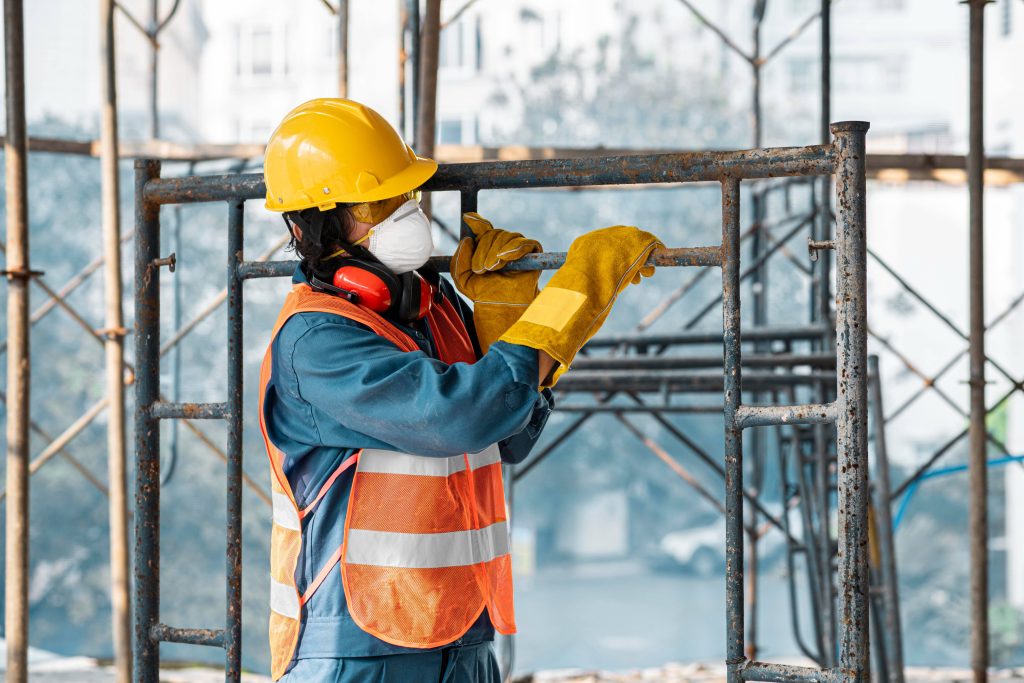
The landscape of protective clothing is evolving, driven by innovation, safety regulations, and a growing awareness of workplace hazards. From self-cleaning fabrics to smart suits, it’s an exciting time to be in the market! But beyond the buzzwords, what are the key trends shaping the future of protective clothing? Buckle up, and let’s explore this crucial industry.
Protective Clothing Market estimates a CAGR of 6-9% between 2023 and 2030, reaching a market size of USD 20-34 billion by 2030.
Key Developments:
- Smart Textiles: Imagine a suit that monitors your vital signs, detects hazardous substances, and adjusts its temperature on the fly. This isn’t science fiction anymore. Companies like DuPont are developing intelligent fabrics that integrate sensors and electronics, transforming passive protection into active safety.
- Sustainability Takes Center Stage: Eco-conscious consumers are demanding sustainable options, and the protective clothing market is responding. Brands like PBI-Products are using recycled materials and developing biodegradable alternatives, reducing environmental impact without compromising safety.
- Personalization and Customization: One-size-fits-all is out. Advancements in 3D printing and body scanning are enabling bespoke protective gear, tailored to individual body shapes and specific needs. This leads to improved comfort, mobility, and ultimately, better worker protection.
Challenges and Opportunities:
- Keeping Up with Technology: The rapid pace of innovation poses a challenge for manufacturers and safety professionals. Staying informed and adapting to new technologies is crucial to keep pace with evolving needs.
- Balancing Cost and Value: High-tech features come at a premium. Striking the right balance between affordability and advanced protection is key to ensuring widespread adoption.
- Busting Myths and Misconceptions: Outdated perceptions about bulky, uncomfortable gear persist. Educating workers and employers about the comfort and innovation offered by modern protective clothing is vital for wider acceptance.
Actionable Tips for Staying Ahead:
- Stay Informed: Subscribe to industry publications, attend trade shows, and network with experts to stay abreast of the latest trends and regulations.
- Invest in Training: Empower workers on the safe use and care of advanced protective clothing to maximize its effectiveness.
- Embrace Customization: Explore solutions that cater to individual needs and preferences, boosting workforce satisfaction and safety.
- Support Sustainable Options: Choose eco-friendly gear whenever possible, contributing to a healthier planet and responsible manufacturing practices.
Case Study:
Remember the 2020 wildfires in California? Firefighters equipped with PBI TriGuard® garments, known for their exceptional flame resistance and comfort, reported improved performance and reduced heat stress compared to older models. This showcases the real-world impact of innovative protective clothing.
Let’s Debunk the Myths:
- Myth: Advanced protective clothing is bulky and uncomfortable. Fact: Modern materials offer breathability, flexibility, and lightweight protection, improving wearer comfort and mobility.
- Myth: Sustainable options compromise safety. Fact: Eco-friendly materials can meet stringent safety standards while minimizing environmental impact.
Conclusion :
The future of protective clothing is bright, offering enhanced safety, comfort, and sustainability. Share your thoughts on these trends in the comments! How are you implementing these strategies in your own work or personal life? Let’s keep the conversation going and contribute to a safer, more responsible future for all.